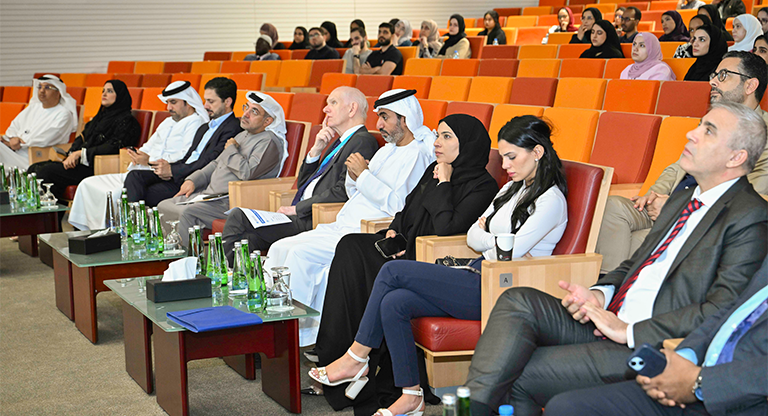
Research from Khalifa University harnesses the breeze with insights to blade pitch control in vertical axis wind turbines
A team of researchers from Khalifa University has developed a new algorithm to guide wind turbine design and operation. Their algorithm can produce the optimum blade pitch profile to maximize lift force and indicate the number of blades that will produce more torque in low wind speed conditions. Their results will help to enhance the effectiveness of any vertical-axis wind turbine design configuration.
Prof. Isam Janajreh, Antim Gupta and Dr. Hamid Ait Abderrahmane, all from Khalifa University’s Department of Mechanical Engineering, published their results in Applied Energy, a top 1% journal.
There are two types of wind turbines: the horizontal-axis wind turbines (HAWTs) and vertical-axis (VAWTs). HAWTs are the most common, with two or three long, thin blades that face directly into the wind. VAWTs have wider, shorter curved blades. VAWTs are less efficient than their horizontal counterparts but offer advantages, especially in urban settings, due to their quieter operation, lower operational wind speed threshold, and less intrusive visual profile.
In regions with variable wind patterns, such as the mountainous terrains of the Gulf States, conventional HAWT models face performance limitations, compounded by concerns over bird fatalities and public acceptance. VAWTs may be a promising alternative, as they mitigate many of the drawbacks, including logistical and maintenance challenges. However, their lower efficiency and complex performance prediction due to inconsistent aerodynamic conditions remain significant hurdles.
Advancements in wind turbine technology focus on enhancing VAWTs through improved designs, materials and control systems. The aerodynamic efficiency is a critical research area, with factors like blade profile, number and solidity investigated to boost performance. Blade pitch control, for example, could address issues like low wind speed inefficiency and self-starting capabilities. The perfect blade pitch adjustment could offer optimal efficiency for enhancing power output and operational reliability.
Understanding the complex interplay of aerodynamics in VAWTs needs sophisticated predictive models. The research team investigated blade pitch adjustment using a novel algorithm. Their insights into optimal blade pitch angles, chord lengths, and number of blades pave the way for more efficient and adaptable wind turbine designs, promising enhanced sustainability and accessibility of wind energy in diverse environments.
Jade Sterling
Science Writer
5 April 2024






